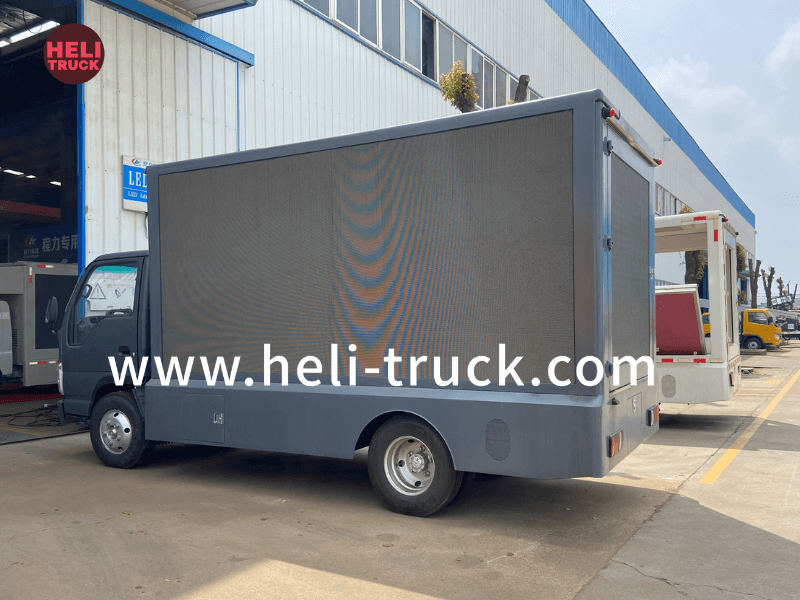Introduction
Waste management is a critical aspect of maintaining cleanliness and sustainability in urban areas. water tank truck with rear loaders play a crucial role in this process by efficiently collecting and compacting waste for disposal. In this article, we will explore the technology behind garbage compactor trucks with rear loaders, their benefits, and their impact on waste management systems.
History and Evolution of Garbage Compactor Trucks
Garbage collection has been a challenge for municipalities since the early days of urbanization. In the past, manual labor was required to collect and transport waste, leading to inefficiencies and health hazards. The introduction of motorized vehicles revolutionized waste collection, making it faster, more efficient, and safer.
The first garbage trucks were simple open-bed vehicles that required manual loading and unloading of waste. Over time, advancements in technology led to the development of compactor trucks with rear loaders. These trucks featured hydraulic mechanisms that could compact waste on the go, increasing their capacity and reducing the need for frequent trips to the disposal site.
The Garbage Compactor Truck with Rear Loader: How It Works
A garbage compactor truck with a rear loader is a specialized vehicle designed for collecting and compacting waste. The rear loader refers to the hydraulic mechanism located at the back of the truck, which is used to lift and empty waste bins into the hopper. The compactor unit inside the truck then compresses the waste, reducing its volume and increasing the truck's capacity.
The process begins with the rear loader arm extending to grab a waste bin or container. The bin is then lifted and tipped over the hopper, releasing the waste inside. The compactor unit packs the waste down using hydraulic pressure, allowing the truck to collect more waste before needing to unload. Once the truck reaches its capacity, it transports the compacted waste to a disposal site for proper disposal.
Benefits of Garbage Compactor Trucks with Rear Loaders
Garbage compactor trucks with rear loaders offer several advantages over traditional waste collection methods. Some of the key benefits include:
1. Increased Efficiency: The compacting mechanism allows the truck to collect and transport more waste in each trip, reducing the number of trips required for collection.
2. Improved Hygiene: The automated loading and compaction process minimizes direct contact with waste, reducing the risk of injuries and infections among waste collectors.
3. Reduced Environmental Impact: By compacting waste, these trucks help reduce the volume of waste sent to landfills, conserving space and minimizing environmental pollution.
4. Cost Savings: The efficiency of garbage compactor trucks with rear loaders can lead to cost savings for municipalities by reducing fuel consumption and labor expenses.
5. Health and Safety: The use of rear loaders and compactors improves the safety of waste collection workers by minimizing manual handling and exposure to hazardous materials.
Impact on Waste Management Systems
Garbage compactor trucks with rear loaders have a significant impact on waste management systems in urban areas. Their efficiency and capacity allow municipalities to streamline waste collection processes, leading to cleaner streets, reduced odors, and improved overall sanitation. These trucks also play a crucial role in recycling programs by facilitating the collection and transportation of recyclable materials.
Furthermore, the use of garbage compactor trucks with rear loaders helps to reduce the carbon footprint associated with waste collection. By optimizing collection routes and minimizing fuel consumption, these trucks contribute to environmental sustainability and support efforts to combat climate change.
Challenges and Future Developments
Despite their numerous benefits, garbage compactor trucks with rear loaders also face challenges in waste management systems. Issues such as traffic congestion, inadequate infrastructure, and improper waste disposal practices can hinder the effectiveness of these trucks. Additionally, the high initial costs of acquiring and maintaining compactor trucks may pose a barrier for some municipalities.
Looking ahead, advancements in technology and innovation offer promising developments for garbage compactor trucks with rear loaders. Integration of smart sensors, GPS tracking, and data analytics can help optimize collection routes, improve efficiency, and reduce operational costs. Furthermore, the use of alternative fuels and electric-powered compactor trucks can enhance sustainability and reduce emissions in the transportation sector.
Conclusion

Garbage compactor trucks with rear loaders play a vital role in modern waste management systems, offering a reliable and efficient solution for collecting and transporting waste. Their innovative design and technology contribute to cleaner, healthier, and more sustainable urban environments. As municipalities continue to prioritize waste management and environmental conservation, the use of garbage compactor trucks with rear loaders will remain a cornerstone of effective waste collection practices.
